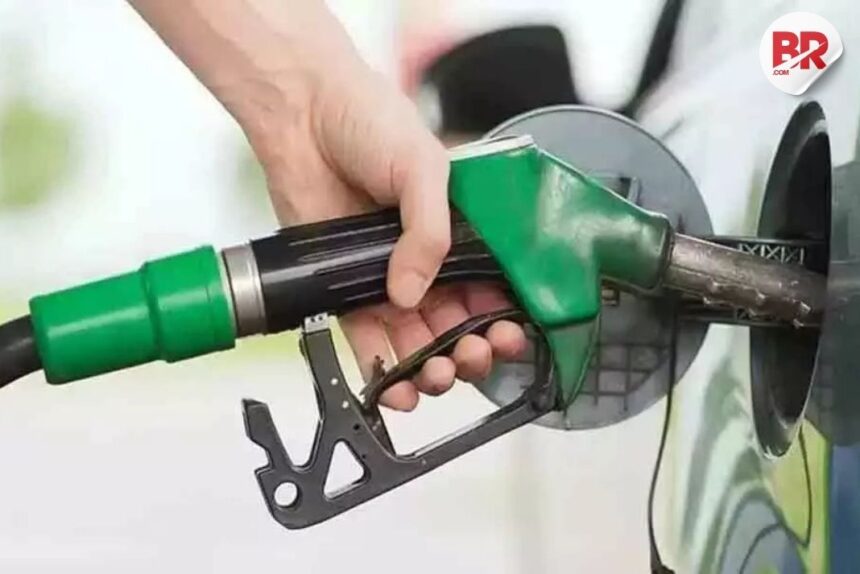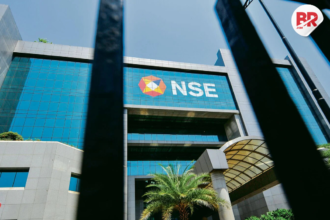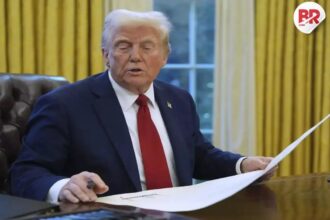
Fuel prices in India have been on the rise recently, leaving people across the country concerned about their increasing expenses. In early April 2025, the Indian government introduced a ₹2 hike in the excise duty on petrol and diesel, adding even more pressure to household budgets. But what does this mean for the common man? And why is the government making this decision now? Let’s take a closer look at the situation.
Understanding the Excise Duty Hike
Excise duty is a type of tax that the government imposes on products like petrol and diesel. When we fill up our vehicles, a significant portion of the final price is made up of this duty. The recent hike has raised the excise duty on petrol from ₹19 to ₹21 per litre, and on diesel, from ₹15 to ₹17 per litre. While the increase might seem small, it can have a big impact on the overall economy.

Impact on the Common Man
For most people in India, fuel is a crucial part of their daily life. Many rely on personal vehicles to travel to work, run errands, or take their children to school. When fuel prices go up, it doesn’t just hurt the wallet; it increases the cost of everyday goods and services. For instance, transportation costs rise, and businesses pass these costs onto consumers. This can lead to inflation, making it even harder for families to manage their finances.
The increase in fuel prices also adds to the financial strain faced by those who already struggle with the cost of living. For many, it feels like an unrelenting series of price hikes that seem to never end.
Also Read: JLR Slams Brakes on U.S. Shipments—Tata Motors Shares Dive
Why the Hike Now?
The government has stated that this excise duty hike is necessary to generate additional revenue. With the economy still trying to recover from the impacts of the pandemic, these funds will be used for important infrastructure and public welfare projects. However, critics argue that this is not the right time for such a hike. Global oil prices are already fluctuating, and geopolitical tensions are adding to the uncertainty in the global market. Moreover, the Indian rupee has been weakening against the US dollar, making imports, including oil, even more expensive.
Global Factors Affecting Fuel Prices
India imports most of its crude oil, which means that it is heavily influenced by global oil prices. When crude oil prices rise on the international market, fuel prices in India follow suit. Right now, the situation is even more complicated. Political conflicts in oil-producing regions, particularly in the Middle East, have led to unpredictable price fluctuations. This, combined with the weakening rupee, has put additional pressure on fuel prices.
Also Read: World on Edge: US-China Trade War Triggers Global Market Meltdown
What Can Be Done?
While the government has introduced subsidies and relief measures to help mitigate the impact of rising fuel prices, there are other steps that could help ease the burden on citizens. Encouraging people to use public transport, carpool, or adopt fuel-efficient vehicles could help reduce personal fuel costs. Additionally, increasing investment in alternative energy sources, such as electric vehicles, could provide a long-term solution to rising fuel prices.
In the short term, it’s essential for the government to communicate clearly about the reasons behind the excise duty hike and explore ways to support the most vulnerable segments of society. In the meantime, consumers will need to adjust their spending habits to deal with the new reality of higher fuel prices.
Looking Ahead
The road ahead for India’s fuel prices remains uncertain. As the government tries to balance its financial needs with the welfare of its citizens, the challenges continue to mount. One thing is clear: the cost of fuel will remain a key issue for the average Indian. The government must find ways to ensure that the rising fuel prices don’t push more people into financial hardship.
While there are no easy answers to the fuel price crisis, India’s future will depend on its ability to adapt, find sustainable solutions, and manage the complex economic forces at play. Through collaboration and careful planning, it is possible to navigate these tough times and build a stronger, more resilient economy.
Also Read: Market Shock: Sensex, Nifty Face Worst Loss in 10 Months












